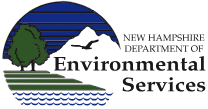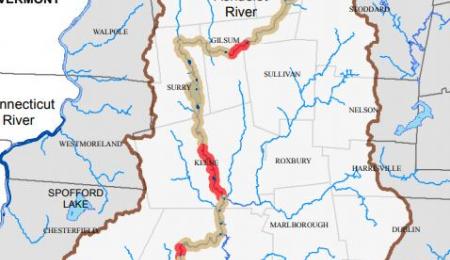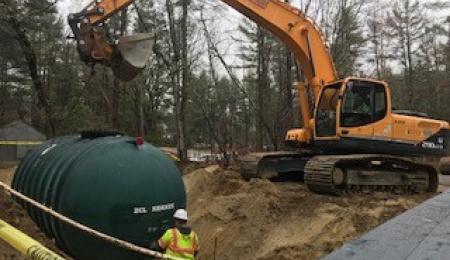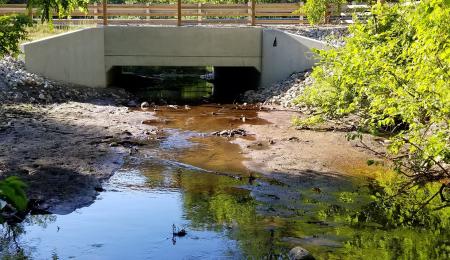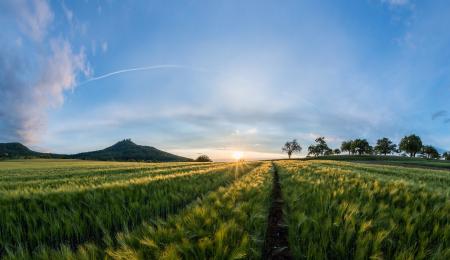Featured Spotlights
Prioritization Ranking
In January 2023, following a series of meetings and public hearings, NHDES determined the Isinglass and Pemigewasset Rivers are the next designated rivers on which to conduct a protected instream flow studies. The 2022 Priority List is available for review. Please contact us if you have questions or comments regarding priority rivers for instream flow protection.
Solid Waste Rules Undergoing Readoption
Most of the New Hampshire Solid Waste Management administrative rules are in the process of undergoing review, revision and readoption. Although not required, the NHDES Solid Waste Management Bureau (SWMB) engaged with interested parties in 2023 and early 2024 to share ideas and concerns regarding rules in advance of SWMB work to draft proposed rule amendments. Rules that were last adopted in 2014 are due to be readopted by July 1, 2024. The formal rulemaking process has started for each chapter, and SWMB has conducted public hearings for each chapter. During these hearings, SWMB presented specific rule language changes and each rule chapter has either completed or is currently in a public comment period during which the public can provide written comment.
If you have specific questions about SWMB rules or upcoming opportunities for informal/formal input, please email us at swmbrules@des.nh.gov.
To view all current Solid Waste Management Bureau rules, including rulemaking notices that include public hearing and public comment dates, please visit the NHDES Administrative Rules webpage.
To view past informal public input sessions, please visit the NHDES YouTube channel.
Environmental Review
CWSRF and DWSRF construction projects must comply with the National Environment Policy Act (NEPA). NEPA ensures agencies consider the significant environmental and socio-economic impacts of proposed actions and informs the public about the decision making. Loan recipients, or their consultants, are required to submit an Environmental Review Template in order to initiate the environmental review process.
On May 20, 2021 Executive Order (EO) 14030 reinstated Executive Order 13690, Establishing a Federal Risk Management Standard and a Process for Further Soliciting and Considering Stakeholder Input (January 30, 2015), which established the Federal Flood Risk Management Standard (FFRMS) for federally funded projects. FFRMS will be implemented in the design and Environmental Review processes for any SRF-funded Drinking Water and Clean Water Infrastructure projects that meet the defined criteria. For more information, please review NHDES Understanding the Federal Flood Risk Management Standard (FFRMS) for State Revolving Fund (SRF) Projects.
New Hampshire Stream Crossing Initiative
The New Hampshire Stream Crossing Initiative (NHSCI) is a multi-agency group that collaboratively works to survey and assess stream crossings across the state. The NHSCI provides the tools needed for stakeholders to make data-driven decisions for targeting stream crossing upgrades to support transportation safety, flood resiliency and stream connectivity for fish and wildlife.
Outstanding in the Field!
Are you a craft beverage producer making sustainable choices, preventing pollution and conserving resources? Then you should be recognized for it! The New Hampshire Sustainable Craft Beverage Program is a voluntary recognition and technical assistance program for environmental leaders in the industry. Complete the Sustainable Craft Beverage Recognition Application and check out the Brewery Environmental Best Practices List for ideas on environmental initiatives you might implement at your operation. If you have questions or need assistance filling out the application, send an email to the Pollution Prevention Program at NHPPP@des.nh.gov or call (603) 271-6460.


